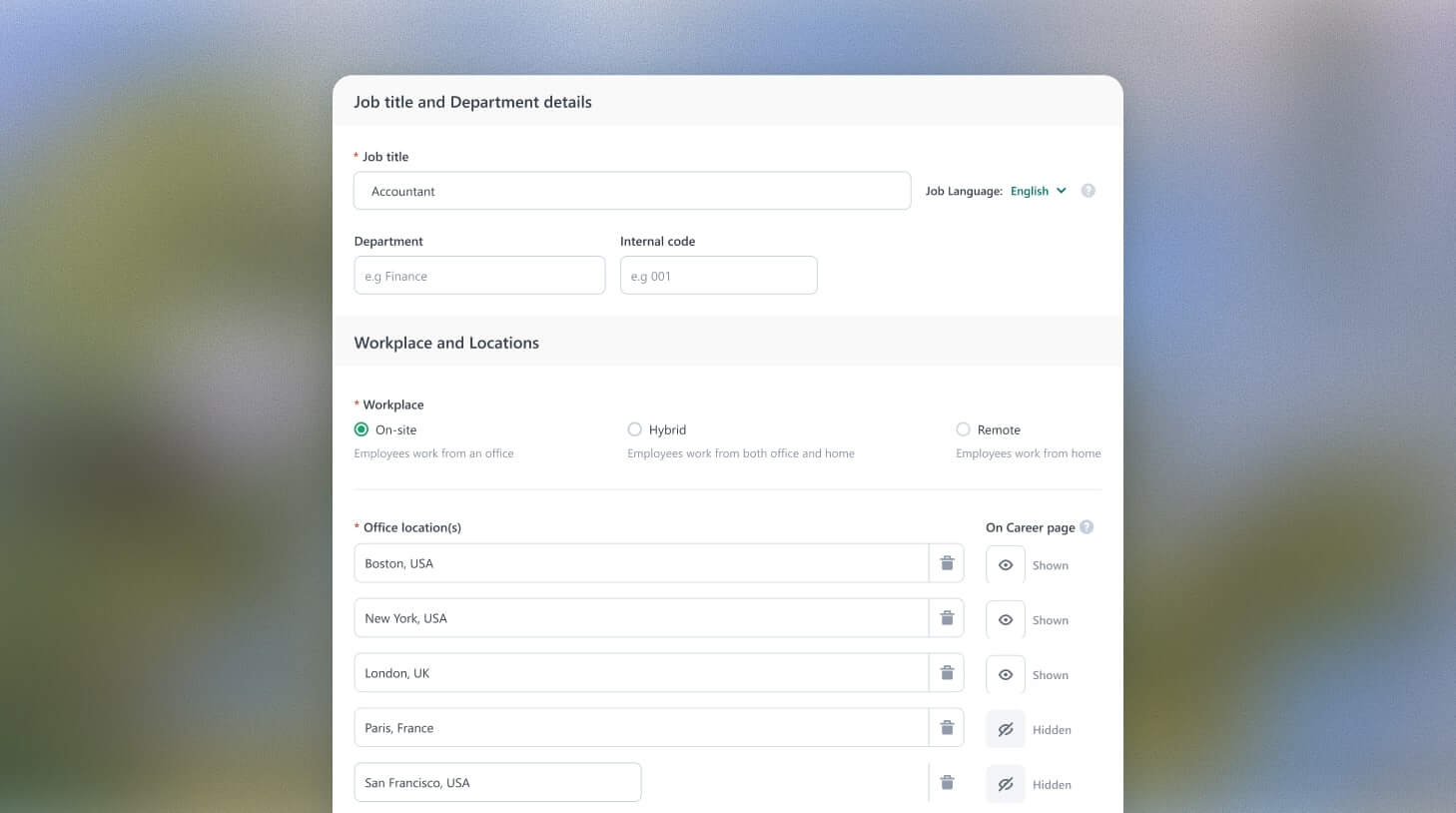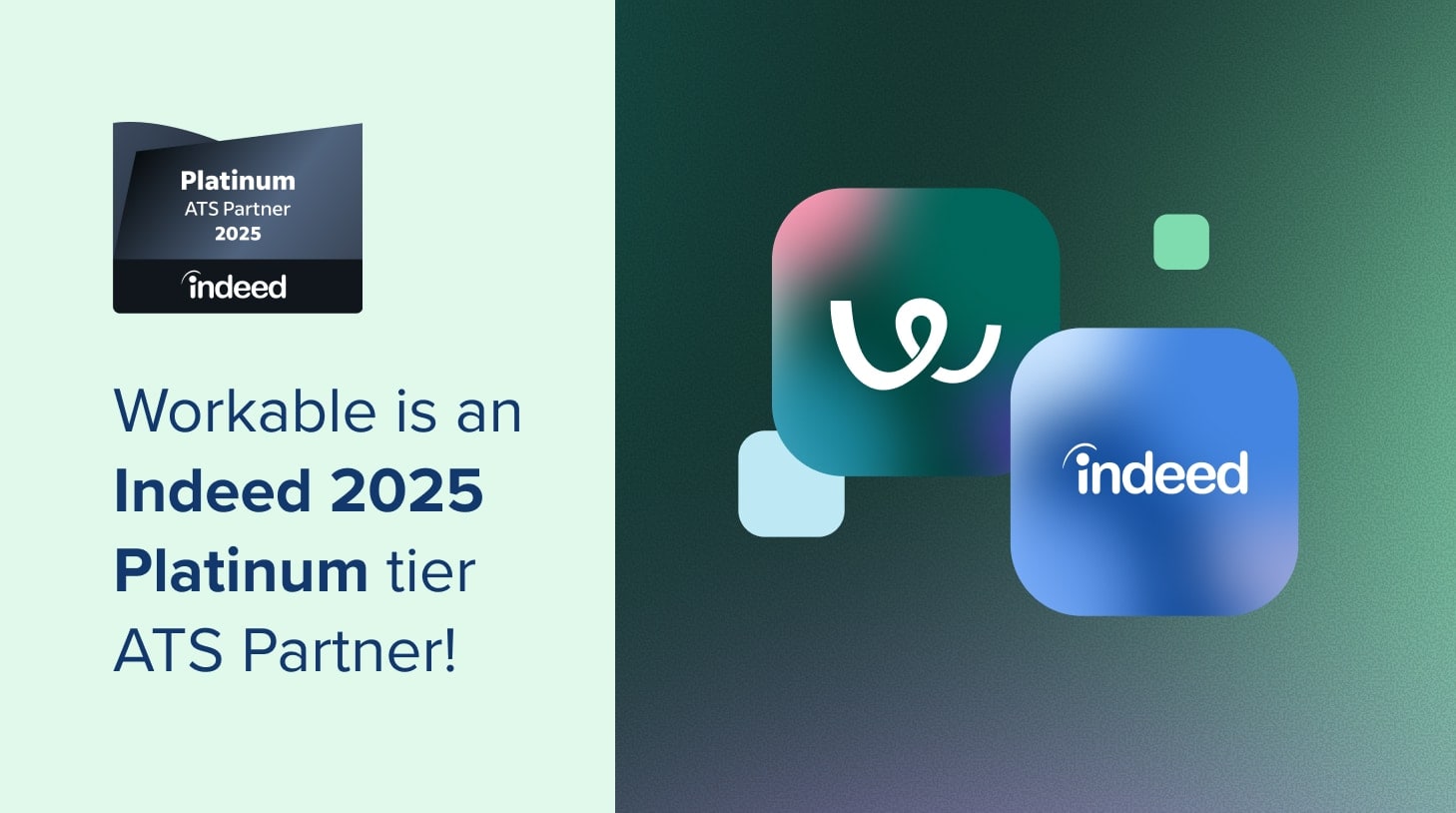Rage applying: addressing the root causes, not the symptoms
Have you ever been so angry you just wanted to stomp out of work but you realize you like eating and having a place to live so you have to be more rational? Try rage applying.

Rage applying may be a new term, but the practice certainly isn’t new–even though some are claiming this is a “Gen Z phenomenon.” It’s not. It may be that Gen Z coined the term and are using it on TikTok, but it’s hardly new.
What is rage applying?
Rage applying is simply applying for jobs when you are fed up with your current job. We can probably trace it back to the Garden of Eden, where Eve got fed up with working in the garden all day, bit into an apple, and got a new job outside the garden–or left to be a stay-at-home mom. It’s hard to say.
Getting fed up with your current job isn’t new, and it won’t go away either. Technology makes it easier to find and apply for new jobs than it did in the 1900s, when you had to mail copies of your resume to people or (gasp!) hand deliver it! However, online applications have been popular for decades (even I got a job via Monster.com in 2001), making applications faster.
Are your employees rage applying?
Undoubtedly, yes. You probably have employees who are unhappy in their jobs. You may also have employees who are mostly happy but have moments of frustration and then log in to LinkedIn and start applying.
Of course, not all applications fall under the “rage” label. Some people are just ready to move on. But since we know that people are more likely to move on when they are disengaged, some of your turnover is due to rage applications.
And anytime you have someone leave, know that it took tremendous work to find a replacement job. StandoutCV found that it takes an average of 27 job applications to get an interview and 162 applications to get a job.
That’s a lot of applications. Tuesday is the most popular day to apply; Saturday is the least popular. Which means your employees are likely applying on the clock. Maybe after they’ve been reprimanded or after getting frustrating news.
What do you do about rage applying?
The short answer is nothing.
The longer answer is more complicated. People will move on–that’s part of life. Employees applying for new jobs is not the problem. The problem is that if they have reached the point of rage, you probably need to change.
This is not to say that employees don’t get angry for ridiculous reasons occasionally. They absolutely do, and these are the employees with whom you want to move on. But, if your good employees are not engaged and are frustrated with the managers or their jobs, then you want to do something.
Employees who are highly engaged are 87 percent less likely to quit than less engaged employees. You’ll never stop people from applying in a moment of frustration, but you can reduce the number of applications by increasing employee engagement.
What things make a difference in employee engagement?
Researchers at the University of Chicago found four key parts of engagement.
Learning opportunities and variety: Most employees don’t want to stay in the same job forever. They want opportunities to learn and grow. Larger businesses have more opportunities to move from position to position but smaller businesses tend to have more variety within one job. Play to your strengths.
Relationships with managers and coworkers: A good working environment depends heavily on your teams. Team members who get along and managers who know how to manage will increase your employee engagement and lower rage applying.
Low stress: Some jobs are stressful by their very nature, but most are not stressful all the time. If your employees are in a constant state of stress, they are probably in a constant state of job applications. Reduce stress by reducing workloads, training your managers, and remembering the customer is most certainly not always right.
Extrinsic benefits (including pay and bonuses): It doesn’t matter how interesting the work is, how fabulous the managers are, or how much opportunity for growth there is–if you aren’t paying market rates, your employees will be looking elsewhere. Yes, finding a new job is difficult, but applying is not terribly complicated these days. Turnover is expensive, and you’ll likely have to replace a rage quitter with someone who earns the market rate. It’s far cheaper to give a good salary to your current employees than to have them quit.
If you are working toward and have good employee engagement, don’t give much thought to rage applying. It’s never going to go away. But, if you have good management, you can certainly reduce its impact on your business.
Frequently asked questions
- What is rage applying?
- Rage applying is when employees apply for new jobs out of frustration with their current job. This phenomenon, though recently coined by Gen Z on TikTok, has always existed and reflects deeper issues within the workplace.
- Why do employees rage apply?
- Employees rage apply due to disengagement, poor relationships with managers or coworkers, high stress levels, or inadequate pay and benefits. Addressing these underlying issues can reduce the likelihood of rage applying.
- How prevalent is rage applying?
- It's common, especially in workplaces with low employee engagement. StandoutCV found it takes 27 applications to get an interview and 162 to land a job, indicating a significant amount of effort is put into job hunting out of frustration.
- Can employers prevent rage applying?
- While it's impossible to eliminate rage applying entirely, employers can reduce its occurrence by improving employee engagement. This includes providing learning opportunities, fostering good relationships, reducing stress, and offering competitive pay.
- What are the benefits of reducing rage applying?
- Reducing rage applying helps retain top talent, lowers turnover costs, and fosters a more positive work environment. Engaged employees are 87% less likely to quit, highlighting the importance of addressing engagement issues.




